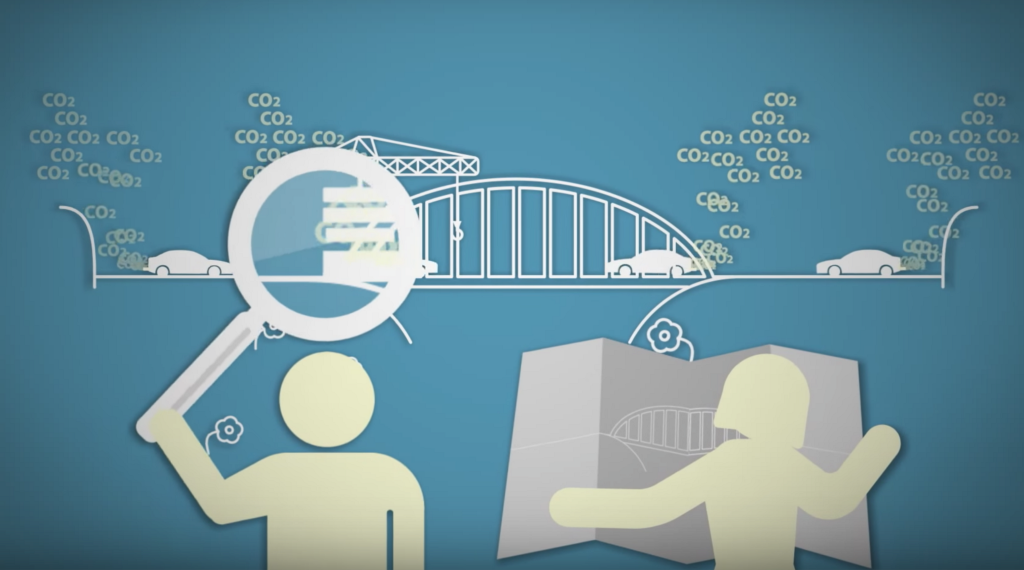By Dennis Price and David Bank.
Think of it as the floor. Actual assets managed by 208 impact investors totaled at least $114 billion last year.
Notwithstanding all the asterisks qualifying that figure (see below), that’s the number we’ll see reported for the coming year as the size of the impact investing market.
The seventh annual impact investor survey, released this morning by the Global Impact Investing Network, has become something of a marker for the growth of the industry. This year’s total represents an increase of 47 percent from $77 billion in total assets (reported by 158 investors) in 2015 and 90 percent from $60 billion in assets (reported by 146 investors) in 2014.
So pessimists can protest that even $114 billion is a rounding error in the global financial markets. Optimists can point to the growth, and major new entrants. Indeed, the challenges of a growing market include the softening of the impact intentions and the weakening of the impact accountability of many self-identified impact investors.
In his cover note to the report, the GIIN’s Amit Bouri said the survey flagged concern about “impact dilution” as larger investors enter the market. “Judgement should be withheld on any new entrant until the investor demonstrates a rigorous commitment to impact,” he wrote.
Untapped opportunity
The survey suggested impact investors had barely tapped the potential opportunities to reshape industries and economies around economic inclusion and environmental benefits. Education, despite recent headlines, attracted only four percent; healthcare, only seven percent.
Other areas with seemingly high-impact potential and big markets: food and agriculture, which attracted six percent of capital, and infrastructure, two percent.
Impact investors, who are sometimes supposed to have moved on from microfinance, still committed 20 percent of last year’s capital to the sector.
Full stack capital
The quest for “market-rate” returns has become an industry norm. Two out of three survey respondents target market rate returns and nine out of 10 report satisfaction with those returns.
But somebody’s got to take the hit for impact. A full four out of five participants acknowledge the role of below-market-rate capital, such as foundation program-related investments, to back opportunities that don’t lend themselves to risk-adjusted returns and mitigate the real and perceived risks for new investors.
“We will need to further explore how we can fully tap the collaborative potential of our diversity, such as by using blended capital structures to simultaneously bring in more capital and enhance impact,” writes Bouri.
Impact framework
The Sustainable Development Goals, which are becoming a rallying call for impact investors, are taking hold only slowly. Only a quarter of the survey’s participants track their performance against the goals. A third of participants said they plan to do so in the near future.
Bouri said the 2030 global goals, along with the global climate agreement (provisions of which also set 2030 deadlines) highlight the scale and urgency of global challenges and provide a framework for addressing them. Bouri and the GIIN have set themselves the challenge of mobilizing private capital to fill the financing gaps.
“The world is looking to impact investing to fulfill this role,” Bouri wrote. “The GIIN’s vision of the market is not to integrate impact into traditional capital markets, but to integrate the capital markets into the global pursuit of social and environmental progress.”











